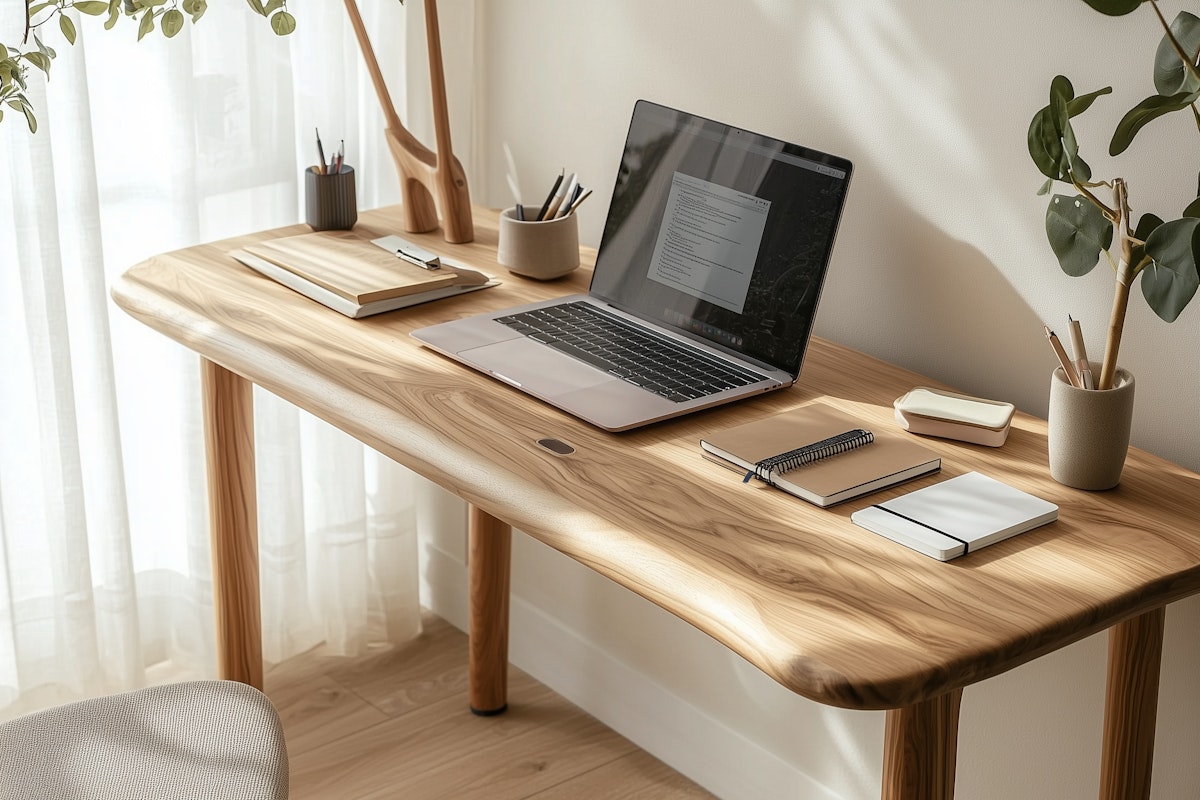From Concept to Launch: My Web Design Process Explained
Creating a high-performing website isn’t just about making it look good—it’s about crafting an experience that is intuitive, functional, and aligned with business goals. In this post, I’ll walk you through my step-by-step web design process, from initial brainstorming to the final launch.
Publish On
January 11, 2025
Written By
Caleb Ashford
Framer Developer
Step 1: Understanding the Brand & Goals
Before jumping into design, I start by getting to know my client and their brand. A great website isn’t just about visuals—it’s a digital extension of the brand itself.
I focus on these key questions:
What is the brand’s identity, voice, and mission?
Who is the target audience?
What action do we want users to take? (Sign up, buy a product, book a call, etc.)
What are the competitors doing, and how can we stand out?
This discovery phase sets the foundation for a website that not only looks great but also delivers results.
Step 2: Wireframing & User Experience (UX) Planning
Once I have a clear understanding of the goals, I move on to wireframing. This is essentially a blueprint of the website, mapping out the structure, layout, and key interactions.
I prioritize user experience (UX) at this stage, ensuring that navigation is seamless and the journey is intuitive. A website should guide users effortlessly from point A to point B without unnecessary distractions.
Step 3: High-Fidelity Design & Prototyping in Framer
Now comes my favorite part—bringing ideas to life in Framer. Unlike traditional website builders, Framer allows me to create interactive prototypes with smooth animations, dynamic elements, and pixel-perfect precision.
At this stage, I focus on:
Visual hierarchy – Ensuring that the most important elements stand out.
Typography & color psychology – Choosing fonts and colors that align with the brand’s identity.
Micro-interactions – Adding subtle animations to enhance user engagement.
The goal is to not just design a website but craft an experience that feels natural and immersive.
Step 4: Development & Performance Optimization
With the design finalized, it’s time to turn it into a fully functional website. Since Framer allows for code-level customization, I can ensure that the site is:
✅ Fast and lightweight
✅ SEO-optimized
✅ Fully responsive on all devices
✅ Accessible and user-friendly
I also run performance tests to fine-tune load speed, mobile responsiveness, and accessibility, ensuring that the site performs at its best.
Step 5: Testing & Launch
Before launching, I go through a rigorous testing process, checking for any design inconsistencies, broken links, or technical issues. I make sure that every interaction is smooth and that the site works flawlessly across different browsers and devices.
Once everything is polished, it’s time for the exciting part—the launch! I handle the deployment, domain setup, and final optimizations to ensure a smooth go-live experience.
Post-Launch: Continuous Improvement
A website is never truly "finished." After launch, I provide support for updates, performance tracking, and ongoing refinements based on real user behavior. A great website evolves with its audience, adapting to new trends and needs.
Final Thoughts
My web design process isn’t just about aesthetics—it’s about strategy, functionality, and delivering measurable success. By combining creativity with cutting-edge tools like Framer, I help businesses create digital experiences that not only look stunning but also convert and engage.





